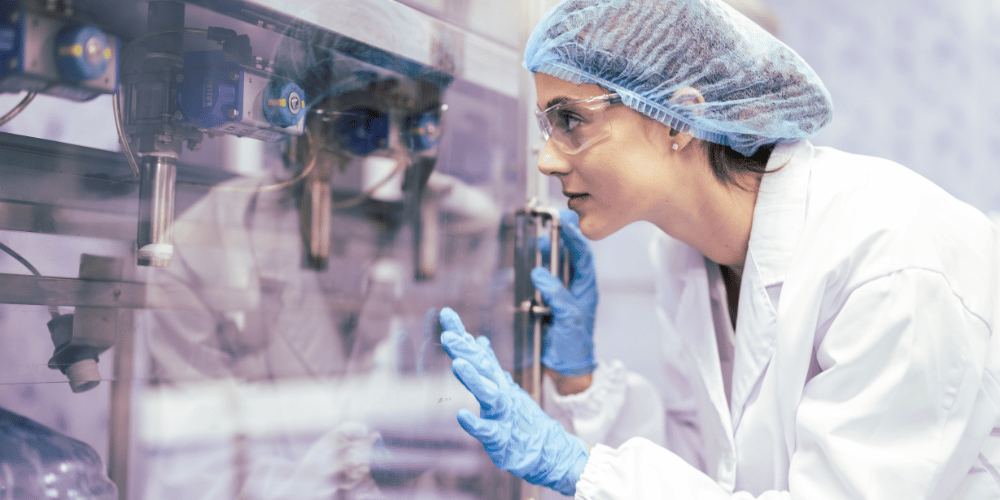More Than Just Cold Chain: A Full Spectrum of Supply Chain Success
Ensuring the safe, effective delivery of small molecule drugs is more challenging than ever....
read Details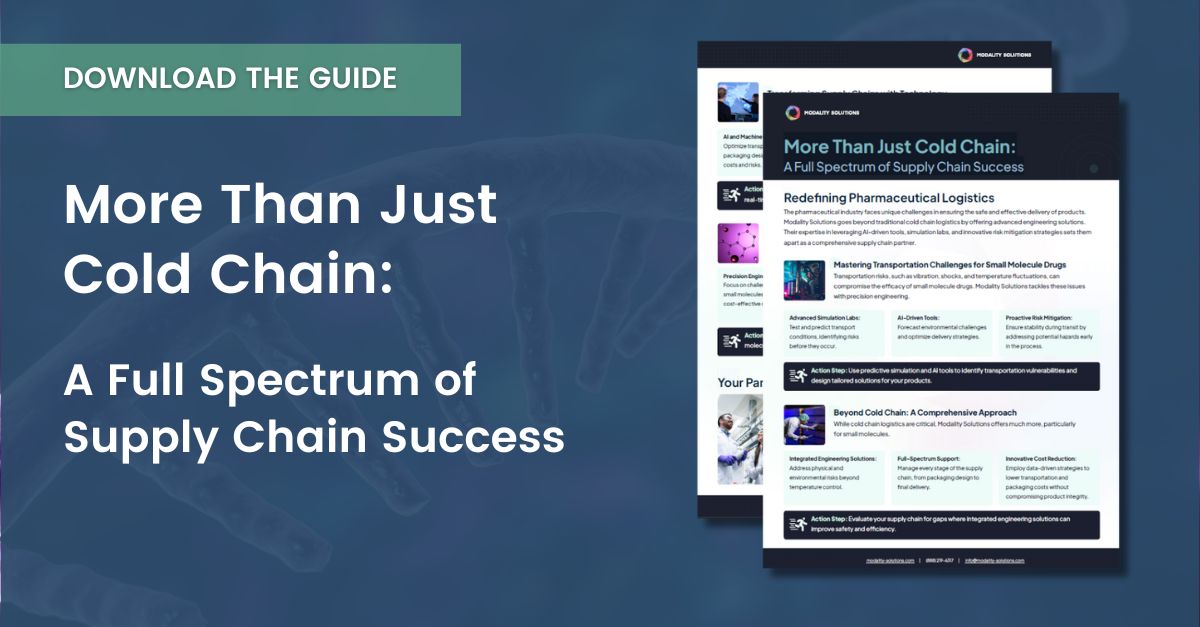
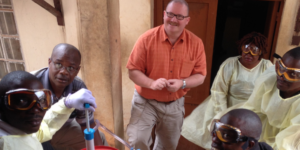
WRITTEN BY KIMBERLY BRUE
AN INTERVIEW WITH DAN LITTLEFIELD, MODALITY SOLUTIONS
Recently, I sat down with Dan Littlefield, Principal of Modality Solutions, a company offering top-tier cold chain validation, transport simulations, and engineering. One of their specialties is remote trial locations – where safety is questionable, and science must function. These remote locations offer essentials in trial conditions, for research in rare pathogens such as Ebola, which is why Modality Solutions is on-site to offer advanced levels of service and support. These trials are complex as it is, but in remote conditions like this, everyday life takes on a different perspective – often armed with a gun. This is Dan’s account of these events:
Kim: It’s clear that Modality Solutions is incredibly capable of performing transport simulations, cold chain validation, clinical engineering solutions, and so on – but what I want to explore in detail is your capacity to work well under pressure. It’s clear that Modality Solutions has broad competencies and analytical capacity, but I want to explore how this becomes evident in a story like your support of the trial in the Congo. So, what we’ll do is we’ll just have you tell the complete story – about these life-or-death situations, and how the science charges on.
Dan: It’s always interesting working in developing countries – the math and science don’t really change. It’s the conditions under which you’re doing the work – that’s what changes. That’s an important point because a clinical trial (or really anything associated with transport validation or getting drug therapies to patients) must be successful regardless of where you are. Back in 2015, we were contacted by FHI, which is a large clinical research organization, and they were performing a critical job for the CDC and BARDA for the Ebola vaccines in Sierra Leone. It was phase two or three of the clinical trial, and it was during the Ebola epidemic that they approached us, and the partners got together to make it happen quickly. We ended up working in Sierra Leone full-time and when you’re in a country in a crisis like that, there are no days off – and the timeframe was from about April of 2015 to January or February of 2016. It was a tremendous success. We had more than 13,000 patients that were dosed with the vaccine, and the vaccine had tough temperature requirements. It had to be stored at less than minus 60oC, and once we reconstituted it, it had to be held at 2-8 degrees and was only good for 12 hours. We never lost a dose to temperature excursions. We lost a few doses because we had failures of the vial adapters and a couple of mechanical issues but never lost any due to a temperature issue because we did the fundamentals as far as the cold chain engineering associated with it. We worked with a really great team over there, the FHI, CDC, Barda, and local pharmacists and managers.
We did work in Liberia in 2016, work in Guinea in 2017, as well as some work in Haiti and the Caribbean nations doing cold chain engineering support. In 2019, the Ebola epidemic in the Congo occurred and the NIH was assisting the Congo with the trial for Ebola treatments. We had a successful vaccine based on the work we had done back in 2015, but the next step was to have an effective treatment. They had a phase two and three study. It was a complicated study because there were four different treatments that had four different temperature requirements. Some treatments had to be frozen while some had to be refrigerated. The Ebola epidemic was in the eastern part of the Congo, which was a conflict zone. The US government employees were prohibited from traveling there and we were advised that the Department of Defense would not provide us support. Since they wouldn’t provide us with support, we had to coordinate with The World Health Organization (WHO). We were able to get assistance from them and from MONUSCO, the military operation of the United Nations. One of my engineers, Rob Battista, and I went over in February of 2019. We had a little hang-up at the airport during the immigration process. We had all our paperwork in order, but they were interested in financial incentives. We contact WHO and they informed us not the give the immigration officers any money. We relaxed for an hour in the airport, then WHO called me and told me they are sending a security team. After that, we were told we were free to go. Looping around to the end of the story, one of the baggage handlers that helped us when we first arrived, was at the airport when we were leaving a month later. He was a great guy and helped us during the complicated process of leaving the country as well. We were very fortunate.
We flew into Goma, the local capital, and we spent the night there then flew immediately to Beni, the heart of the epidemic area. That’s where the central depot was for storage of the investigational drug products that they were using for the clinical trial. We ended up taking a MIL MI-8 United Nations helicopter from Goma into Beni. We were met at the airport by the local doctor who was one of the principal investigators. Once we were settled we went right to the Depot where they had a fair number of freezers. Some of them newer ones, some of them older ones, but the problem was they had frozen some of the product that was supposed to be refrigerated and some of the frozen products had thawed. They had been struggling because they didn’t have a lot of support. They had a good team of pharmacists and medical doctors, but none of them were engineers. We started immediately to get their equipment lined out and made sure everything was working properly. We put together a training program in French, which was outside of scope, but they needed a training program. So now we have training programs for them, and we helped them with their equipment.
We also looked at the new equipment that they acquired and made sure it was set up and working properly. Then, we went to the different Ebola treatment units while we were there. Two of the Ebola treatment units were attacked, overrun, and burned to the ground by rebels. There was a significant physical threat associated with the work and we were fortunate that we were never really in serious danger. I attribute this to being a bit lucky but also being smart. The interesting thing is, with the crisis and rebel attacks, there’s an epidemic going on, and travel is very difficult. Almost all the travel that we did was via helicopter. We did very few road moves because road moves were so dangerous in the area. If we did any road moves, we were escorted with either UN armored personnel carriers or technicals. We went to a number of regional facilities and stayed in tent camps with UN personnel. Even with all that backdrop, it doesn’t change the math, science, or engineering that had to be done. Whether or not you slept on a cot, in a tent, had to use a squat toilet, or community showers that day. Whether you got one meal or two meals that day, none of that mattered because you still had to get the work done. We go back to our fundamentals for success. We do a risk assessment, we do a site assessment against a good distribution practice, and we use the same assessment techniques that we’d use anywhere. Sometimes the recommended mitigations and solutions have to be a bit more robust because of the local conditions. We do all that work, put together a mitigation plan, then execute the mitigation plan. The other thing was that we didn’t have a lot of time in the country. We had to get the work done quickly because each of those therapies can potentially save a human life, so you can’t afford to lose any. They were investigational products and there weren’t a lot available either. There is also a risk because the suppliers of the products don’t want to put themselves at risk because their products are being damaged in transport; so they might not want to participate in the study. There’s just tremendous pressure and incentive to make sure that everything is in place and that everything is done right.
The very first day when got into Beni we met at the depot. The doctor came up to me and told me I had a phone call. I thought it was the weirdest thing to be in the middle of Beni and the doctor that I just met had a phone call for me. It was the NIH and they were in a panic because they had heard we had been kidnapped at a roadblock. I don’t know who they heard it from, but they were in an absolute tizzy about it. We hadn’t contacted them because we landed in Goma late the night before. They were afraid we were gone. I told them you don’t need to worry about that, we can take care of ourselves and if anybody tries to kidnap us at a roadblock, you’ll read about it on the news. The WHO was obviously very serious about security. We were all issued radios and had individual radio IDs. We had to do nightly check-ins. I noticed that some people were not as good at the check-in – because they did the check-ins in French. We were there for almost 30 days and every day was a workday. It was sometimes uncomfortable because some of the areas were very remote. Sometimes we were in tent camps and others we were in more rustic hotels. Most of the time when we were in Beni we were at a very nice hotel because WHO had their headquarters there. Security consisted of heavy machine gun nests on the roof and there were probably between 20 and 60 combat troops and police in and around the hotel because of the attacks. It was not far from the MONUSCO headquarters either which probably made it a bit of a challenge.
In the time we were there, we did site assessments of every Ebola treatment unit that was using the product. We ended up flying back to Kinshasa, the capital, for a couple of days because we needed to do an assessment there as well. In the end, it is interesting to look back at it because we were there for about a month, put in a ton of work, got every site up to speed, and got all their equipment lined out and qualified.
From the period after we left until August of that year, the study reached its endpoint, which means it was a successful study. They had two different treatments that were more than 90% effective. It was a huge success, and they had no more problems. They didn’t lose any more product and no additional product was damaged because of temperature excursions. It was a huge accomplishment. Rob was very pleased with those results, but again, it goes back to an engineering perspective and the fundamentals. It’s about applying the same engineering, math, and science just in a more challenging context.
Kim: What, from your own background with officer training or emergency services and support training, have been beneficial in these scenarios?
Dan: I’ve been contracted to work overseas in conflict zones before. I’m a trained and certified law enforcement officer and I have a set of survival skills that’s atypical for engineers. The interesting thing about working with a young engineer is having to explain what to do in this environment. If we’re ambushed and we’re in an armored vehicle and its small arms fire stay in the vehicle, but if it’s heavy weapons fire then that’s a different problem. The important thing is you never drive yourself; you always have a driver. Another important thing is to make sure you take care of your driver. We’d have their vehicle parked near the exit facing the exit so you could leave immediately. The driver didn’t do a lot of turning around to ensure that it was difficult for them to be blocked in. They had to always stay with the vehicle. We’d be there for four, six or eight hours doing assessments so you always wanted to make sure that you took care of your drivers. Your backpack always had the stuff you needed in case you had to escape. You had your vital papers, a certain amount of money, your bottle of water, and usually an emergency blanket or something. That’s the stuff you don’t think about when you’re a young engineer. What happens if things go sideways? You just grab your backpack and go.
Kim: To me, it’s not just about having great engineers, it’s also about your side training, which is tremendously beneficial in situations like this. I think that it is a key piece of making that evident in this article.
Dan: Yes, I think young engineers see it a little differently because they come in and have their bachelor’s in engineering, but there’s so much else outside of that. The engineering has to be right; the science, math, and engineering all has to make sense, but that’s not the whole story. You go to the Congo and you’re working with the local teams there. You do need to convey your expertise, but you must be able to work with people of wildly varying backgrounds. We had to work successfully with medical doctors, who are really leaders in their community, and pharmacists, who obviously are highly educated, but we also work with the electricians: the people who are maintaining the generators and may or may not have a formal education. You have to be able to work with a really wide variety of people, and you have to be successful with all of them. You also must be culturally sensitive because if you screw up badly enough, it might not result in a positive outcome.
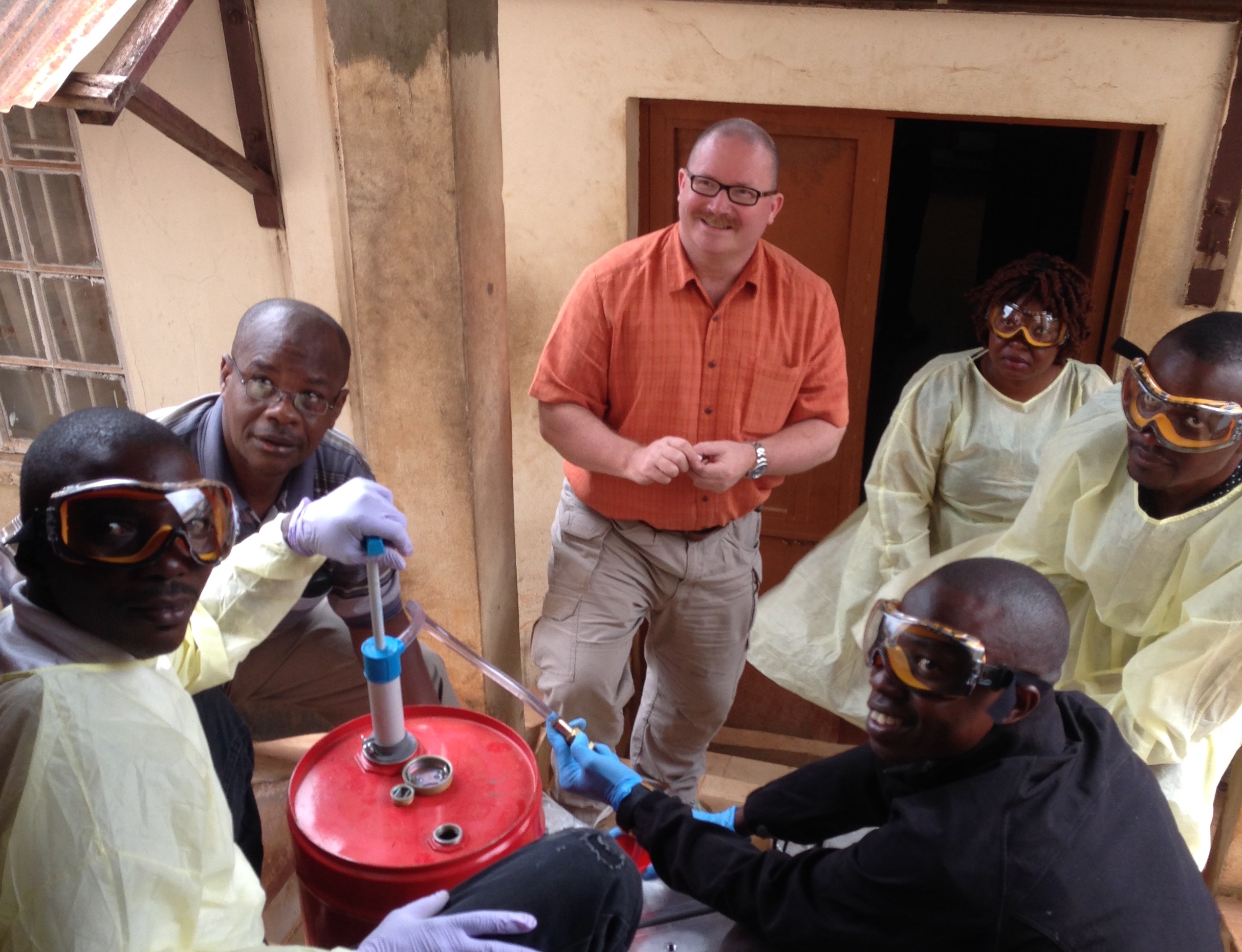
Ensuring the safe, effective delivery of small molecule drugs is more challenging than ever....
read Details
In the highly regulated and complex world of biopharmaceutical drug products, ensuring the integrity...
read Details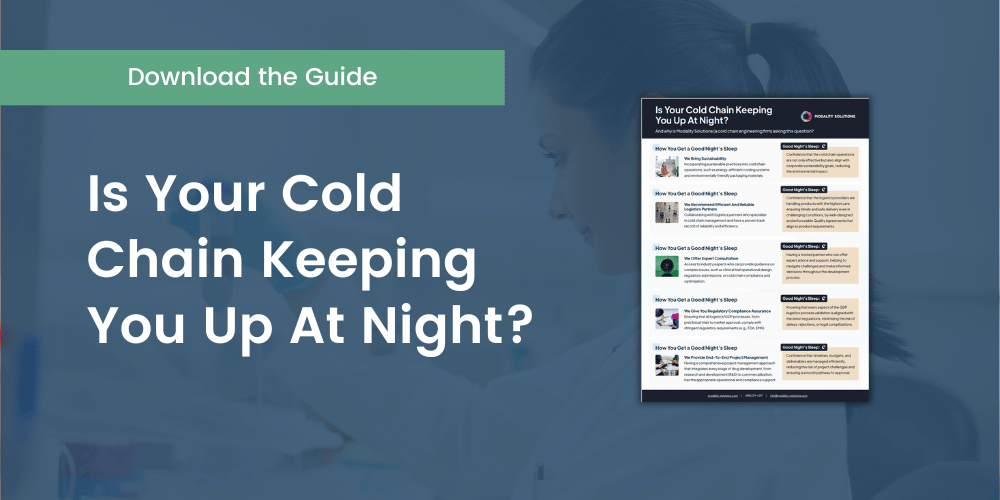
In the highly regulated and complex world of biopharmaceutical drug products, ensuring the integrity...
read Details